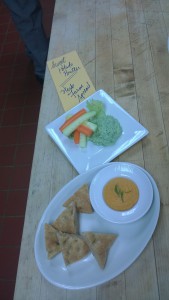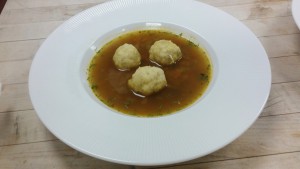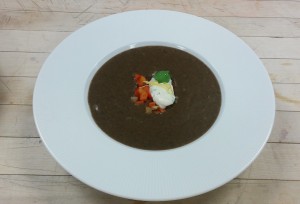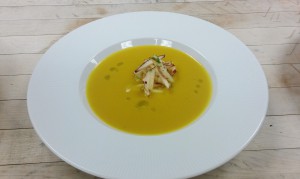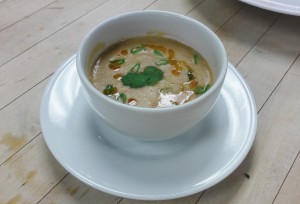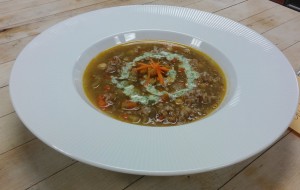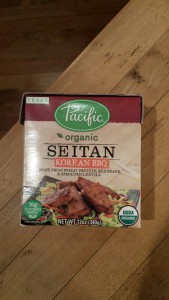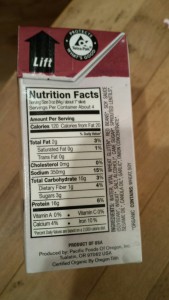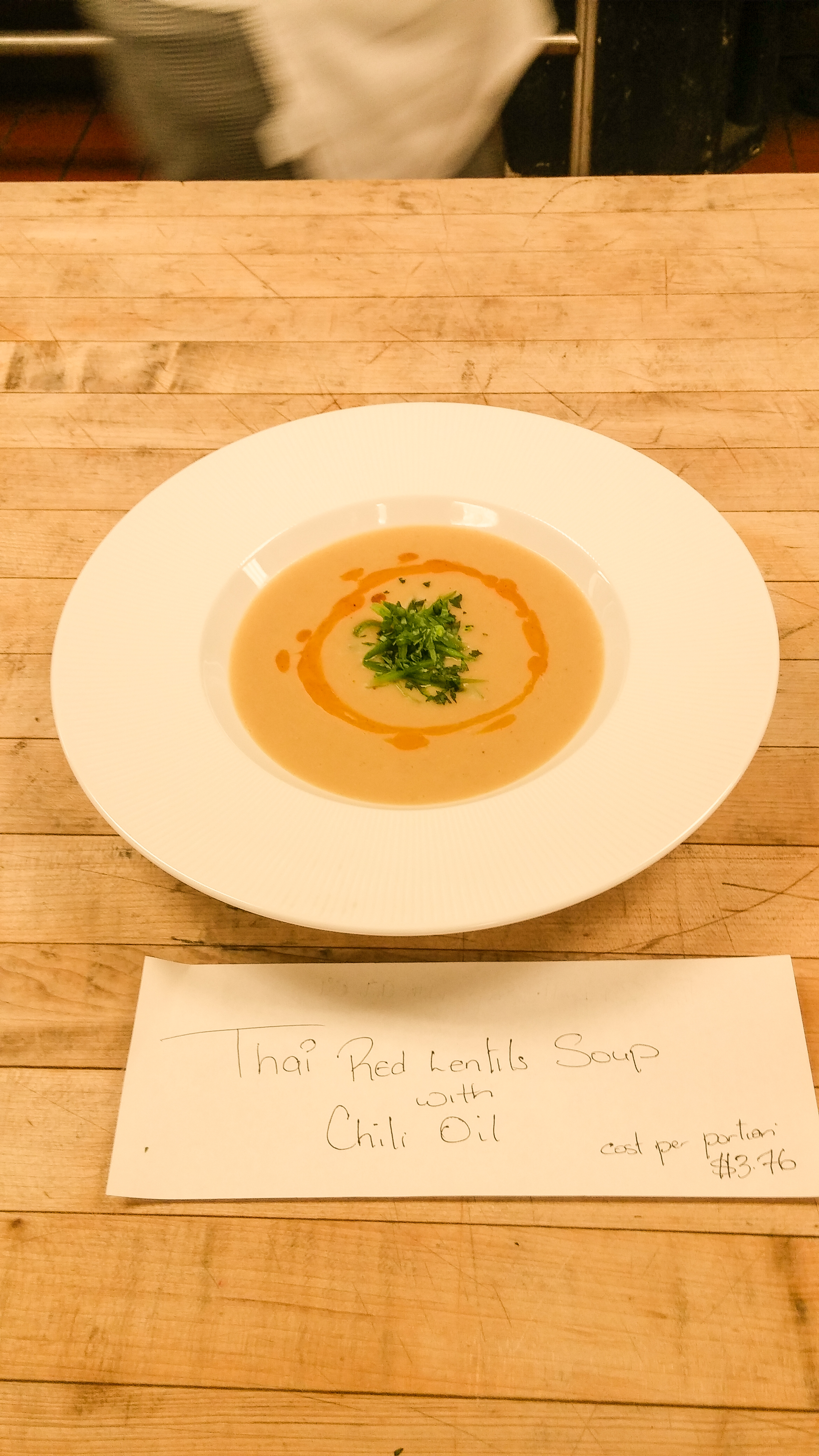
WEEK of PASTAS!!!!
Week 12: Vegetarian Dessert
Week 9 Tempeh
During this Art of Vegetarian Cuisine course Week 9, we learned to work with Tempeh and produced some delicious dishes. Tempeh is a traditional soy product originating from Indonesia, probably on the island of Java. The earliest known reference appeared in 1815. Different from tofu that is made by coagulation of soy milk, It is made by Tempeh is made from the whole bean so you get more protein and fiber. Plus, tempeh is made by a natural culturing and controlled fermentation which gives you the benefit of stimulating probiotics (the good bacteria in our guts) and binds soybeans into a cake form.
We used Barry’s Tempeh, a brand of tempeh made right here in Brooklyn. We used a variety of tempeh. Some were plain and others had an addition of different grains and beans to create a complete protein. A complete protein contains an adequate portion of all nine essential amino acids our diet needs.Tempeh has the same amount of protein as dark meat on chicken or tofu and is an excellent meat-like substitute.
These are the dishes each team produced:

Glazed Maple-Mustard Tempeh Strips w/ Lacinato Kale & Sweet Potato Mash
Team A: Glazed Maple-Mustard Tempeh Strips w/Lacinato Kale & Sweet Potato Mash. The strips, in my opinion, really gave the impression of a barbecued “boneless wing”.
Team B: Tempeh with Mole Sauce, Savory Winter Squash and Apple Mousse & Braised Green Beans. The mousse was a very well-balanced between the sweetness, from the Granny-Smiths and savoriness.
Team C: Tempeh in Coconut Curry Sauce w/ Brown Basmati Rice n’ Peas & a Crispy Raw Slaw
Team D: Stuffed Poblano Pepper w/ Roasted Red Bell Pepper & Tomato sauce & sautéed Swiss Chard
Team E: Tempeh Scallopini with Shallots and Mushrooms, Risotto & Asparagus. This was the crowd favorite. The tamari, garlic, mushroom and shallot sauce was delicious and leaving the saffron in the risotto cooking process longer than instructed was a lovely mistake that gifted great color.
Week 10: Tofu Dishes
We learned some amazing ways to use Tofu. Tofu is made like cheese, by coagulating soy milk into curds, which are pressed to remove moisture. We used Extra Firm Tofu, Marinated Tofu, Silken Tofu, and Firm Tofu. Each type of tofu was a different texture which complemented our dishes.
Spinach Ravioli with Fresh Tomato Sauce
Tofu Satay with Coconut Peanut Sauce, Brown Rice, & Moroccan Carrot Salad
Manicotti with Fresh Green Salad
Whole Wheat Pie Shell with an Alsatian Onion Filling & a Leafy Green Salad Topped with Mustard Vinaigrette
Tofu Crab Cake with Remoulard Sauce
Seitan Entree, Stews and Casseroles
Last week we made Seitan Entrees, Stews and Casseroles. Seitan has been a staple food among vegetarian monks of China, Russian wheat farmers, peasants of Southeast Asia, and Mormons. It is also well known as “Wheat Meat”. Seitan is derived from the protein portion of wheat. It is used as a substitute for meat in vegetarian dishes and the texture is known for being ” too meaty”, vegetarians usually opt from using it. Overall all these dishes are cheaper to make than buying chicken or Ground Turkey/Veal/Beef. The prices are affordable and you can find all of these ingredients in your local supermarket. This was a very interesting experience overall.
Seitan Scallopini with Capers and Lemons with a side of Celeriac and Potato Puree served with Southern Style Kale and Balsamic Glazed Pearl Onions
Seitan Bourguignon served with Quinoa Pilaf with Roasted Peppers
Spinach Egg Noodles served with Swedish Seitan Meatballs and Carrots Marinated in Whole Grain Mustard Sauce
Seitan Roast Stuffed with Shiitakes and Leeks served with a Mushroom Sauce with a side of Peas, Asparagus, Radicchio, and Duchesse Parsnips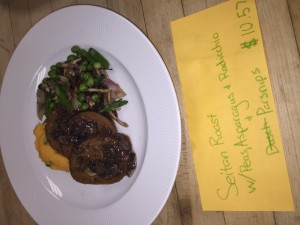
Last but not least, the appetizers
Seitan Skewers with Chimicurri Citrus-Herb Sauce served with Curried Coconut Beggar’s Purses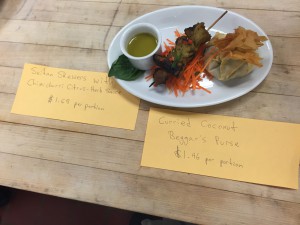
Yesterday, the class had the pleasure of making a variety of pâtes, butters, and spreads. Pâtes are traditionally made with cooked meat and fat minced into a spreadable paste. Butters and spread are usually very fattening and has a lot of dairy included. I can see how it can be intimidating for vegetarians to recreate those items or even to convert others. But it was definitely an experience to have explored; all of the different spices and textures that mimic non-vegetarian dishes.
I have never tried pâtes, nor do I really want to, but the herd-crusted peppercorn lentil-nut pâte I’m sure comes close in comparison and I was surprised at how sort of meaty and juicy it was. The other pâtes were also thick and meaty in texture, making them more hearty and filling than the spreads. Pertaining to the spreads, I was really surprised as to how certain ingredients combined works well on the palate; for instance I never would have thought to put carrots with almond butter and miso or brussels sprouts with mushroom as a pâte.
People typically associate vegetables with drab colors and bland flavors but that was not the case in our class. The only exception were the pâtes. The prices for each dish are pretty affordable to anyone trying to make homemade and healthy spreads or pâtes. Also, the ingredients used in each pâte and spreads are everyday pantry items; some you may have to splurge but it is worth it because of the immediate energy and health benefits
Included are the assortments of pâtes and spreads:
Carrot-Almond Spread and Artichoke Pesto
![WP_20160217_18_52_03_Pro[1]](https://openlab.citytech.cuny.edu/hoffmanvegetariancuisinesp2014/files/2016/02/WP_20160217_18_52_03_Pro1-300x169.jpg)
![WP_20160217_18_52_10_Pro[1]](https://openlab.citytech.cuny.edu/hoffmanvegetariancuisinesp2014/files/2016/02/WP_20160217_18_52_10_Pro1-300x169.jpg) Rosemary-Almond White Bean Spread
Rosemary-Almond White Bean Spread
Sunflower Seed and Sundried Tomato Pâtes
Herbed-Crusted Peppercorn Lentil-Nut Pâtes
Moutabel (Eggplant Spread)
Skordalia (Greek Garlic Potato Spread)
Carrot Spread with Harissa and Pistachios
Sweet Potato Butter and Herb Farm Spread
Week 2: Soups
This week was a learning experience that was a pleasure to be a part of when creating the plant-based soups. Although, I had been a vegetarian for over a decade, I was intrigued by the process of making vegan soups. I was greatly impressed, not only by the powerful flavor concepts, but by how inexpensive each soup was, after it had been costed, which allowed the soups to be more achievable to make outside of the class without having to purchase exuberantly priced ingredients.
One of the most surprising items that we made in class was the eggless mayonnaise which tasted very similar to the original version. This goes to show that while many of us find a vegan lifestyle expensive and consists of flavorless food based on how this cuisine is labeled publicly. Now, this has been challenged especially with innovative recipes that allow this cuisine to be cost efficient enough to not exceed anyone’s budget while not lacking in any flavor components.
This week, our class had the pleasure of making international soups that used a limited amount of animal products. Below are the soups that we created.

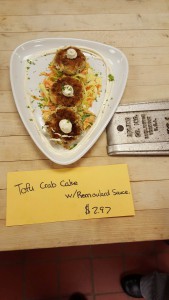
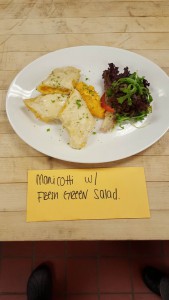
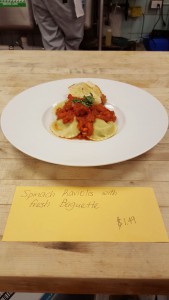
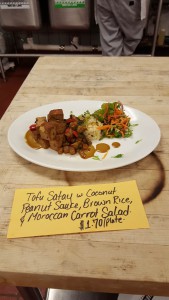
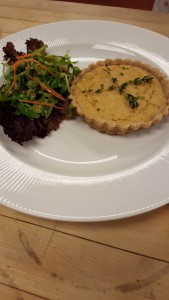

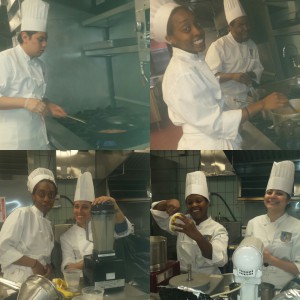
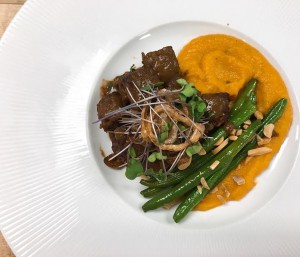


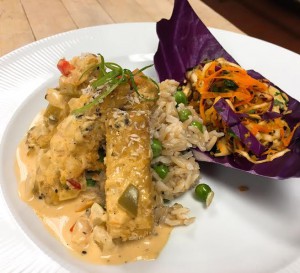
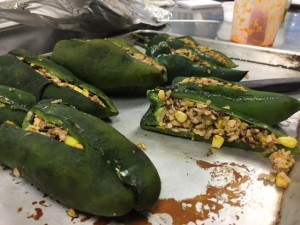
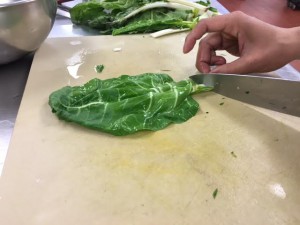

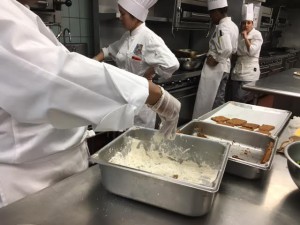
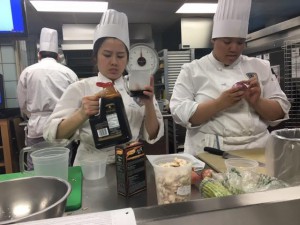

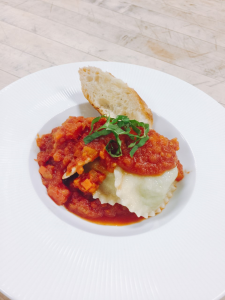
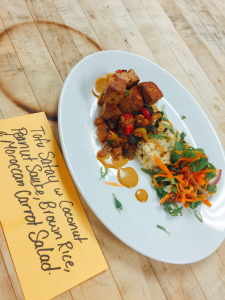
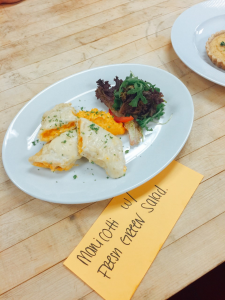
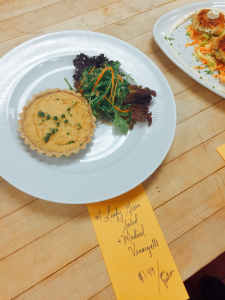

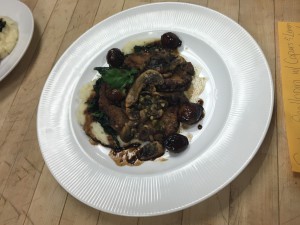
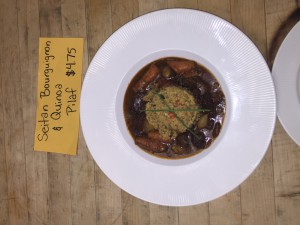
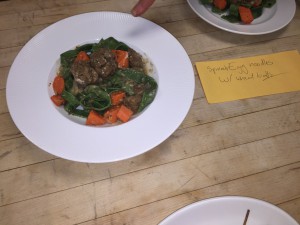
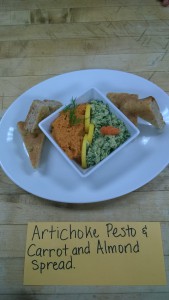
![WP_20160217_18_51_53_Pro[1]](https://openlab.citytech.cuny.edu/hoffmanvegetariancuisinesp2014/files/2016/02/WP_20160217_18_51_53_Pro1-300x169.jpg)
![WP_20160217_18_57_02_Pro[1]](https://openlab.citytech.cuny.edu/hoffmanvegetariancuisinesp2014/files/2016/02/WP_20160217_18_57_02_Pro1-169x300.jpg)
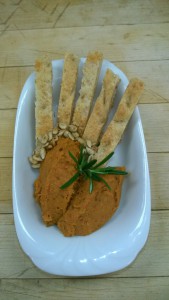
![WP_20160217_18_57_14_Pro[1]](https://openlab.citytech.cuny.edu/hoffmanvegetariancuisinesp2014/files/2016/02/WP_20160217_18_57_14_Pro1-169x300.jpg)
![WP_20160217_18_57_30_Pro[1]](https://openlab.citytech.cuny.edu/hoffmanvegetariancuisinesp2014/files/2016/02/WP_20160217_18_57_30_Pro1-300x169.jpg)
![WP_20160217_19_00_27_Pro[1]](https://openlab.citytech.cuny.edu/hoffmanvegetariancuisinesp2014/files/2016/02/WP_20160217_19_00_27_Pro1-300x169.jpg)
![WP_20160217_18_57_42_Pro[1]](https://openlab.citytech.cuny.edu/hoffmanvegetariancuisinesp2014/files/2016/02/WP_20160217_18_57_42_Pro1-169x300.jpg)
![WP_20160217_18_57_55_Pro[1]](https://openlab.citytech.cuny.edu/hoffmanvegetariancuisinesp2014/files/2016/02/WP_20160217_18_57_55_Pro1-300x169.jpg)
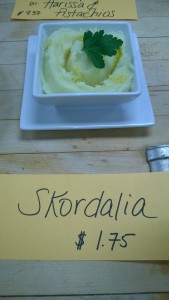
![WP_20160217_18_58_09_Pro[1]](https://openlab.citytech.cuny.edu/hoffmanvegetariancuisinesp2014/files/2016/02/WP_20160217_18_58_09_Pro1-300x169.jpg)
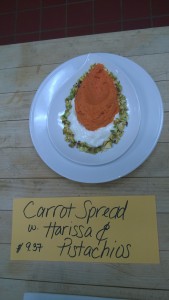
![WP_20160217_18_59_19_Pro[1]](https://openlab.citytech.cuny.edu/hoffmanvegetariancuisinesp2014/files/2016/02/WP_20160217_18_59_19_Pro1-169x300.jpg)
